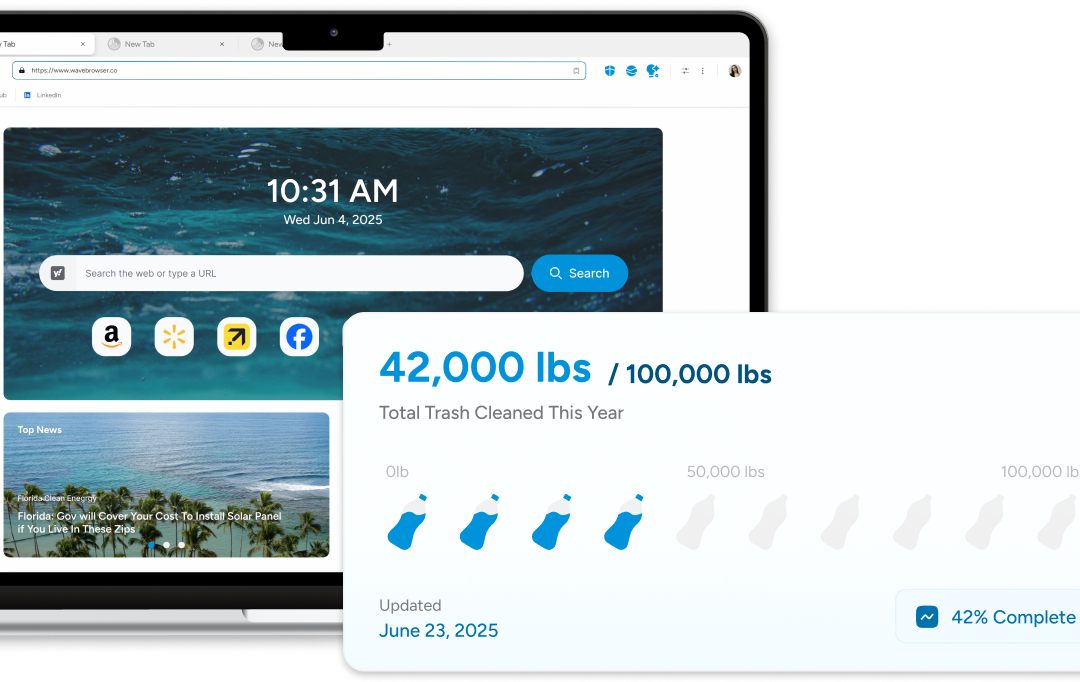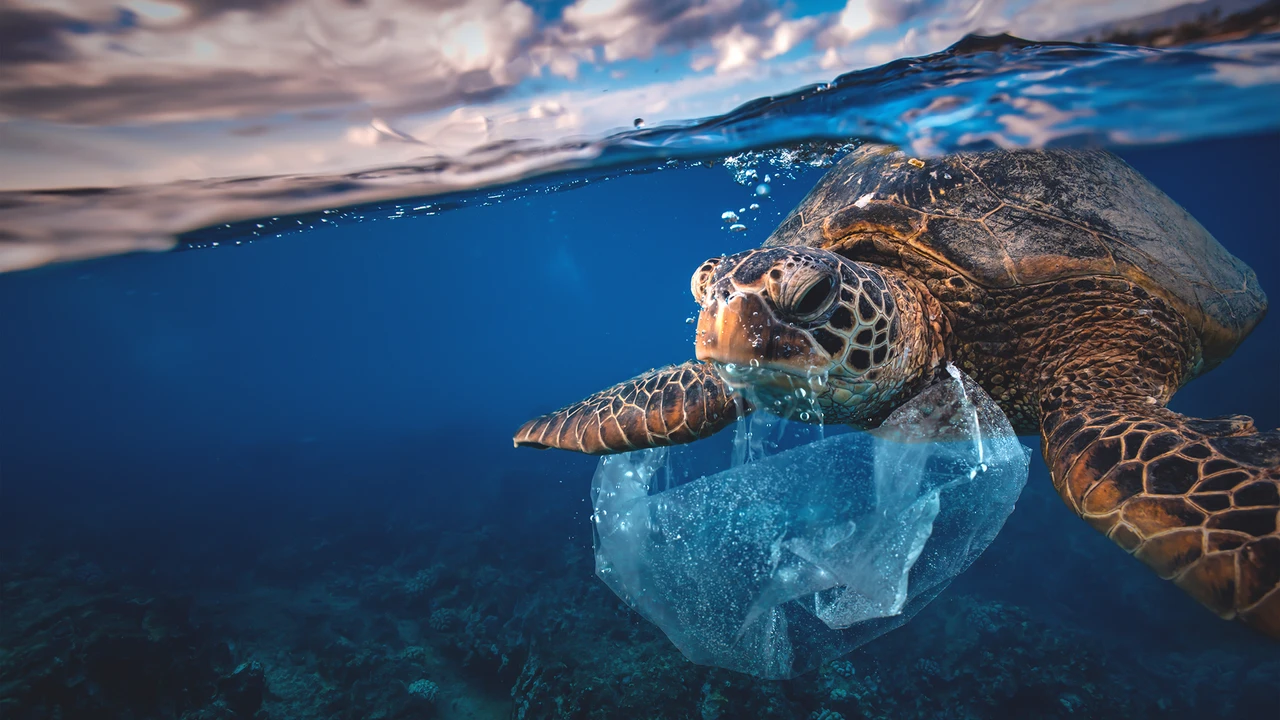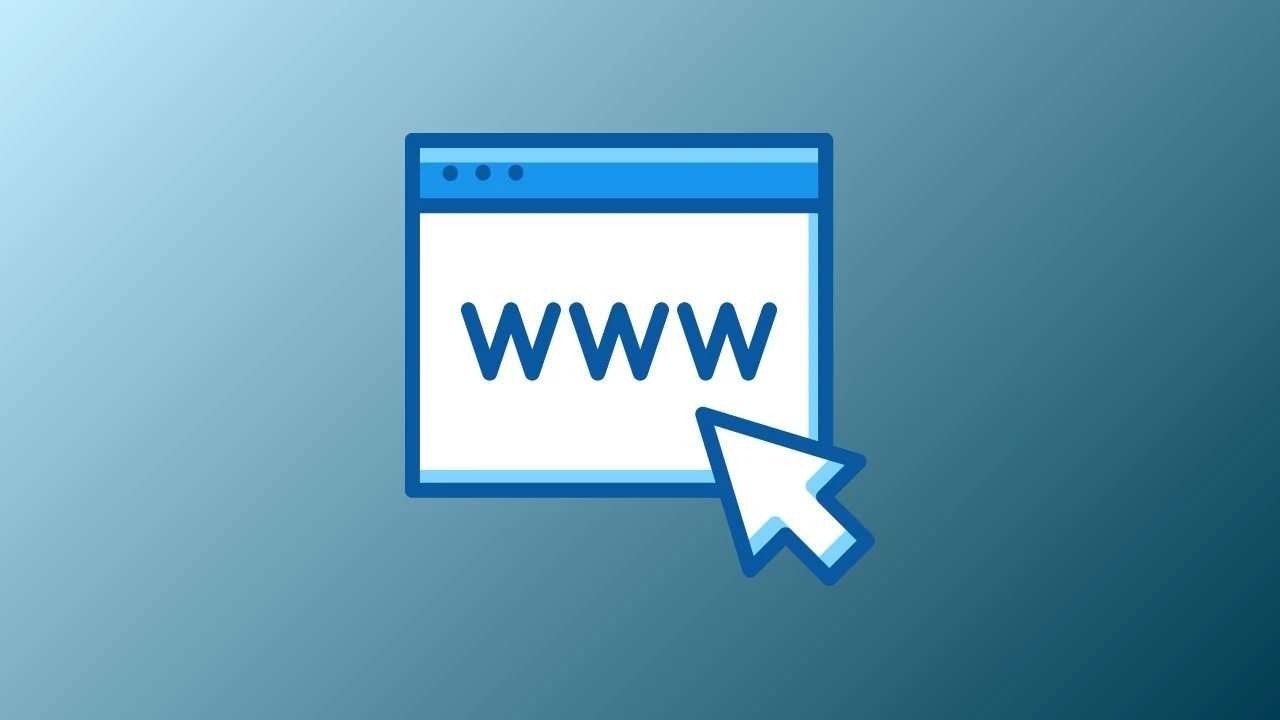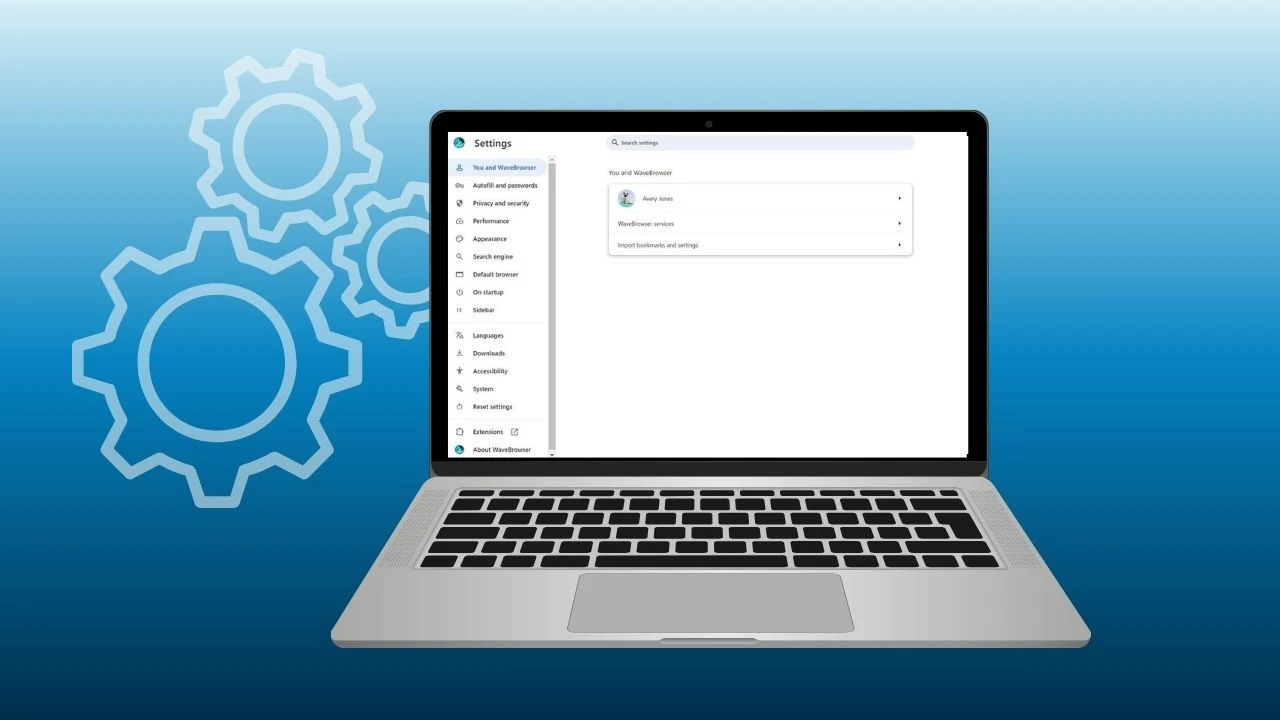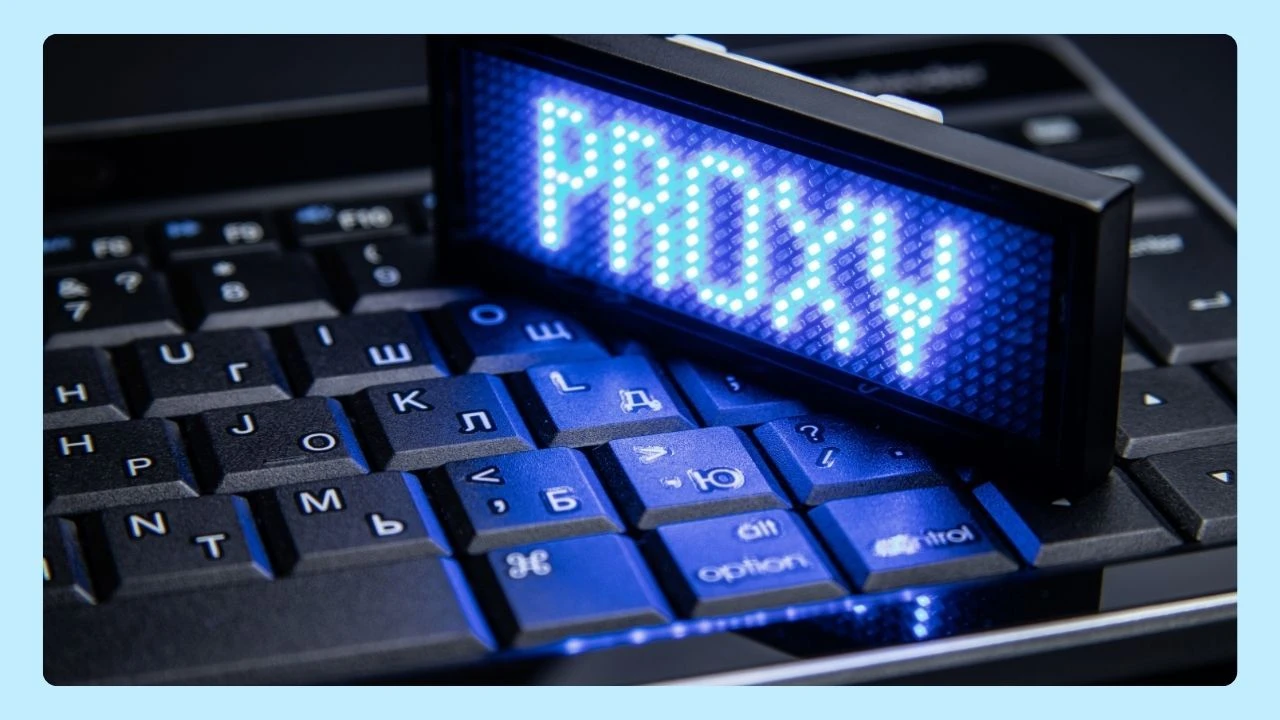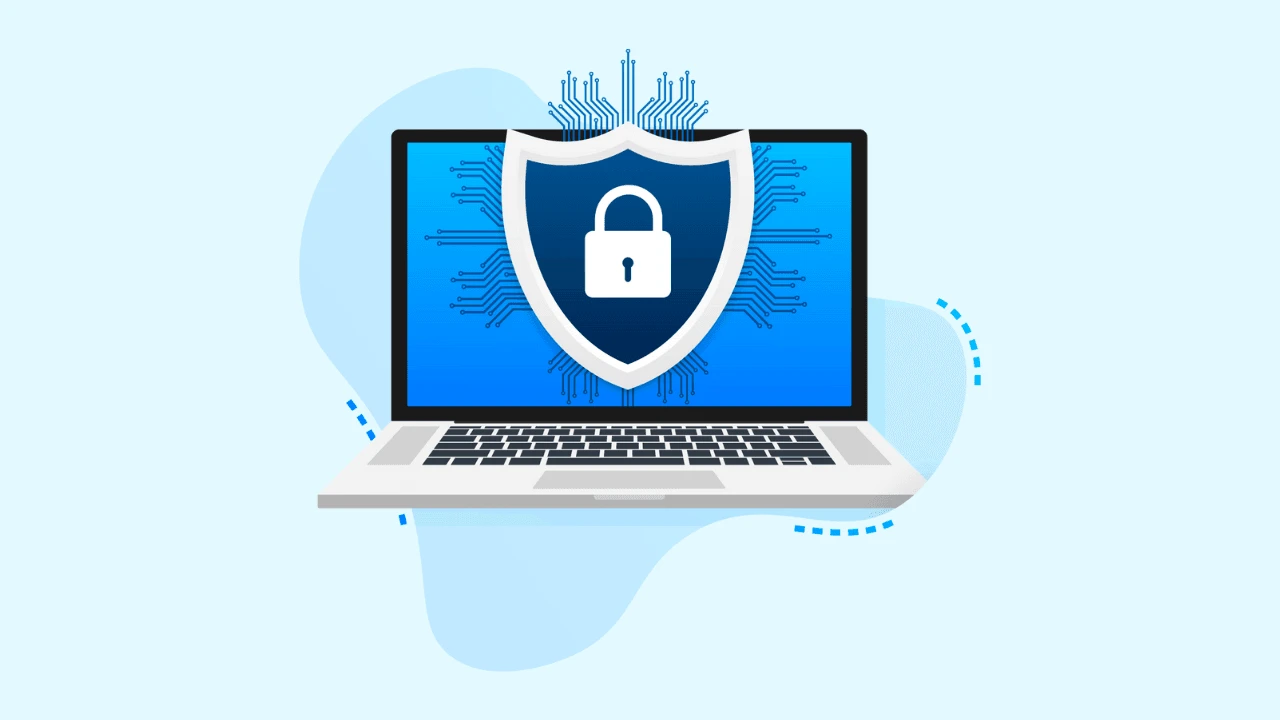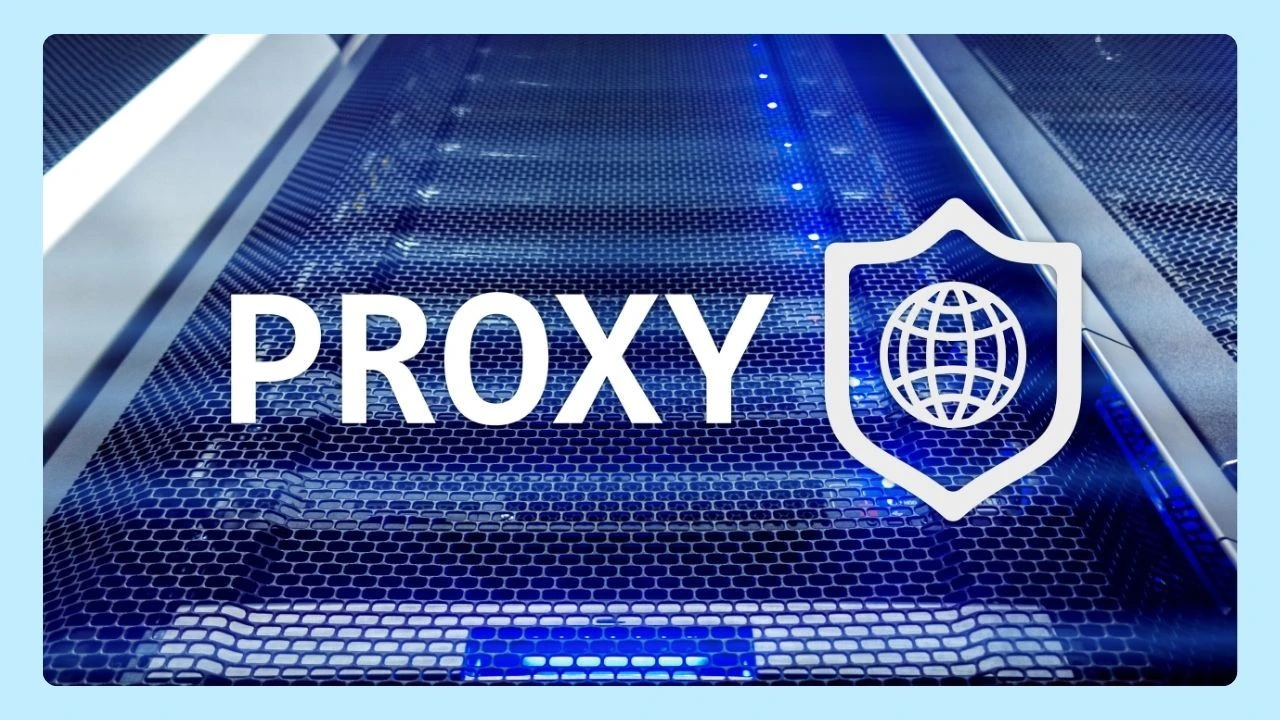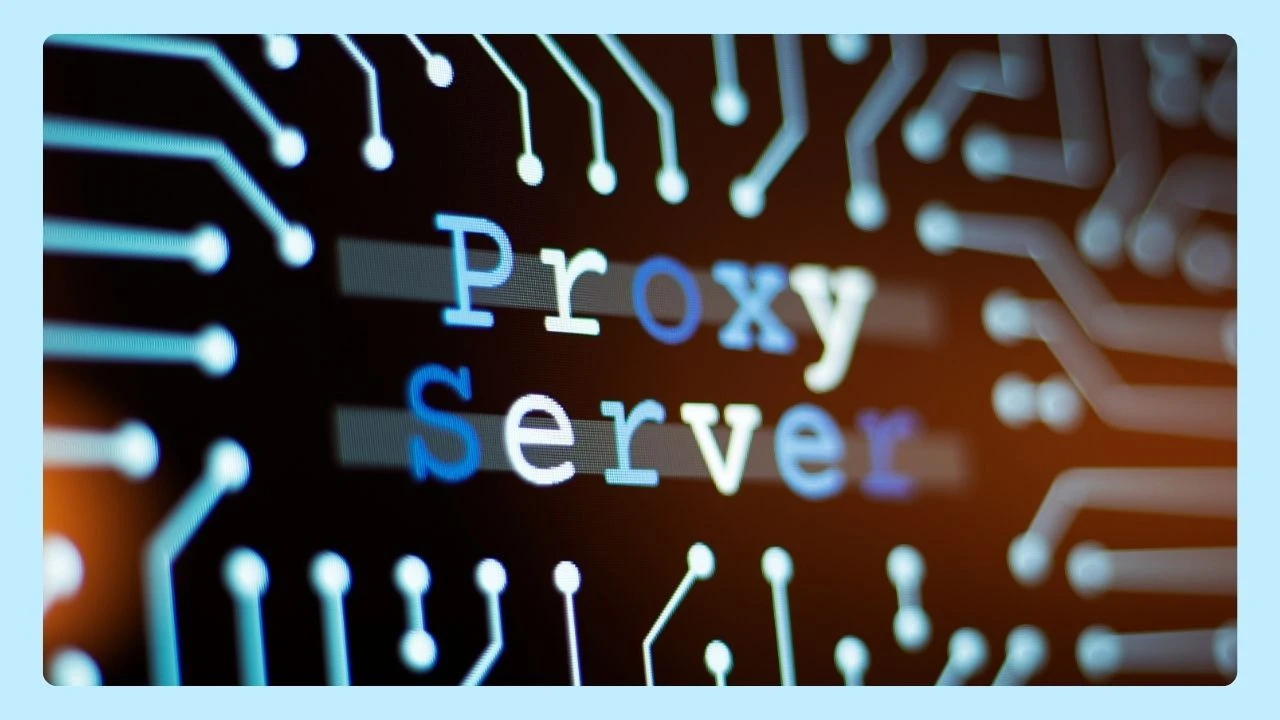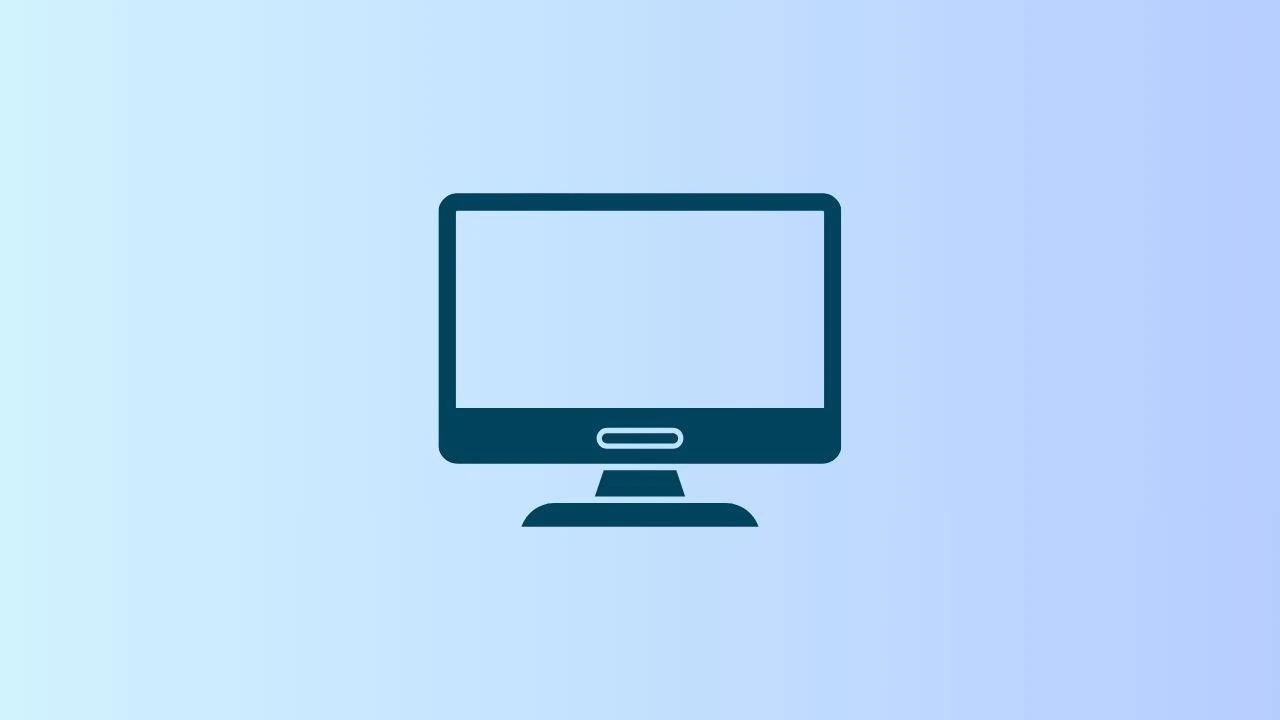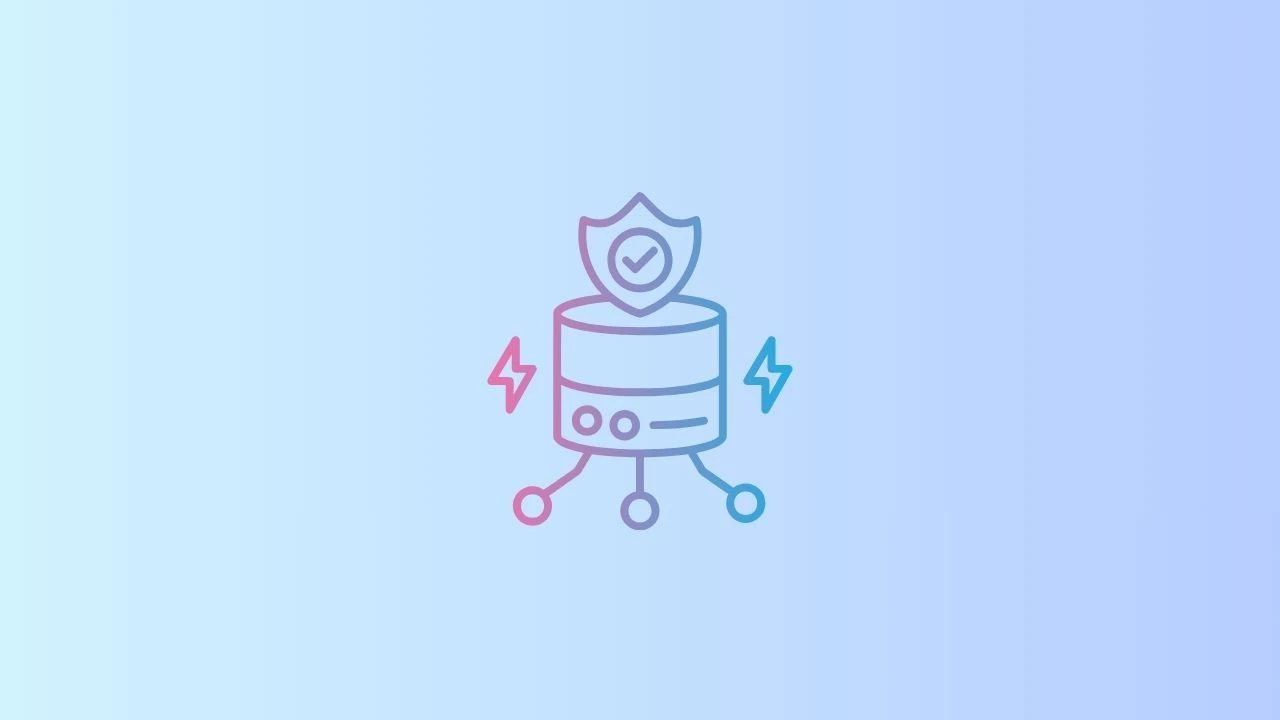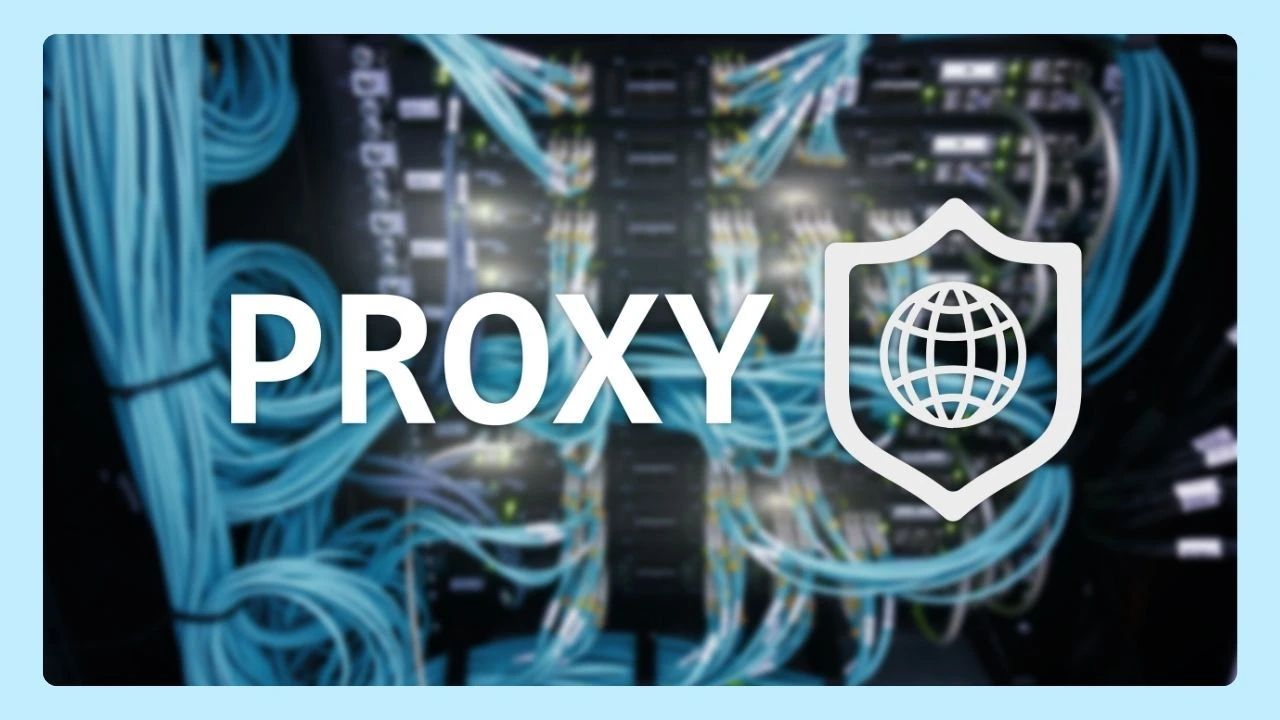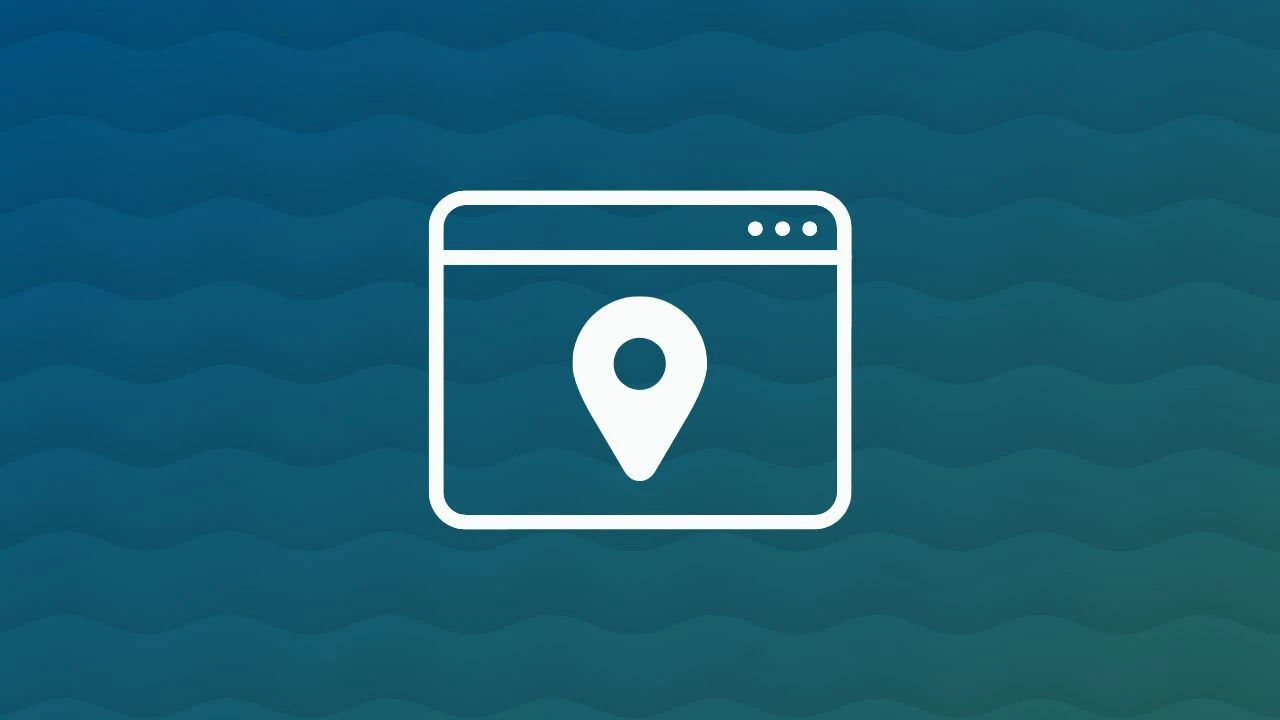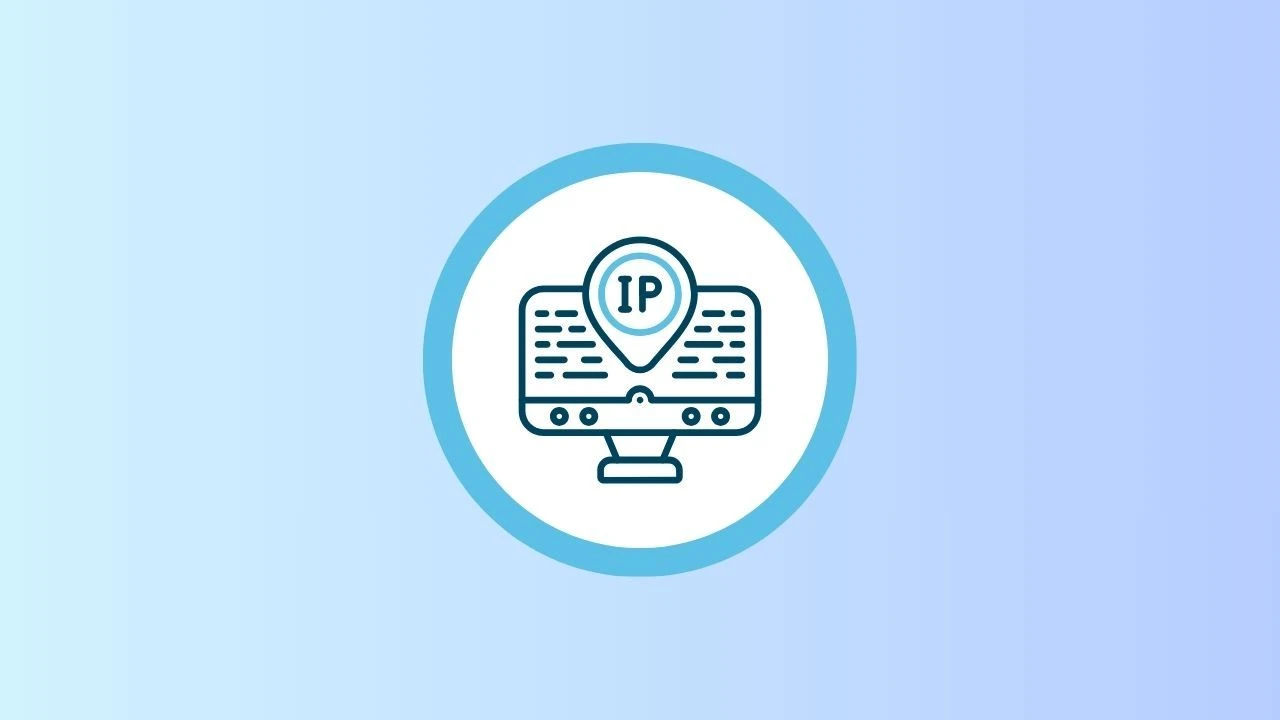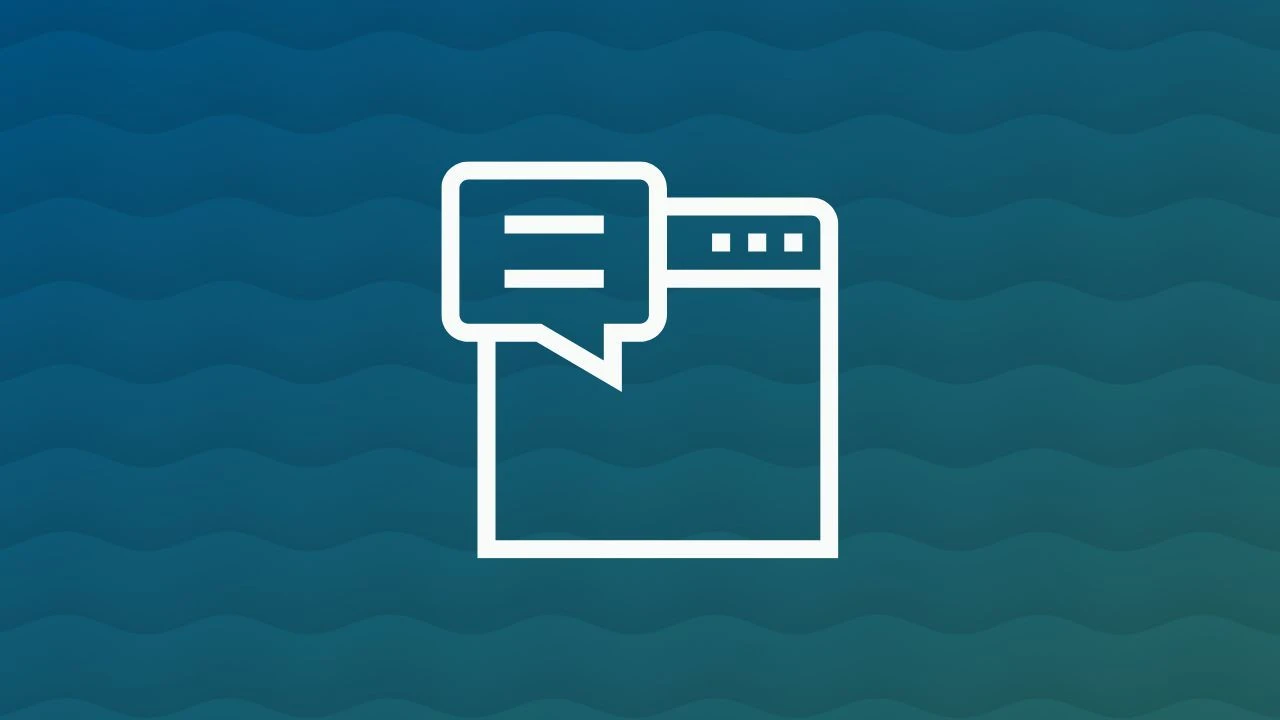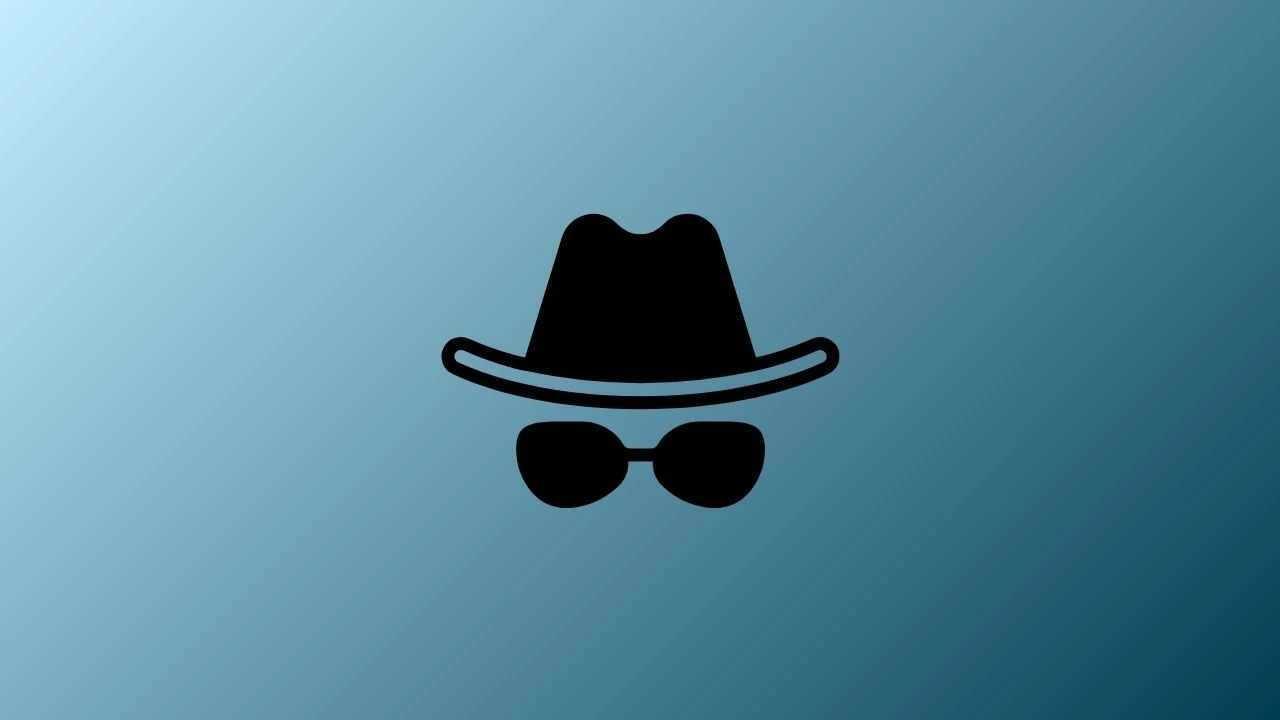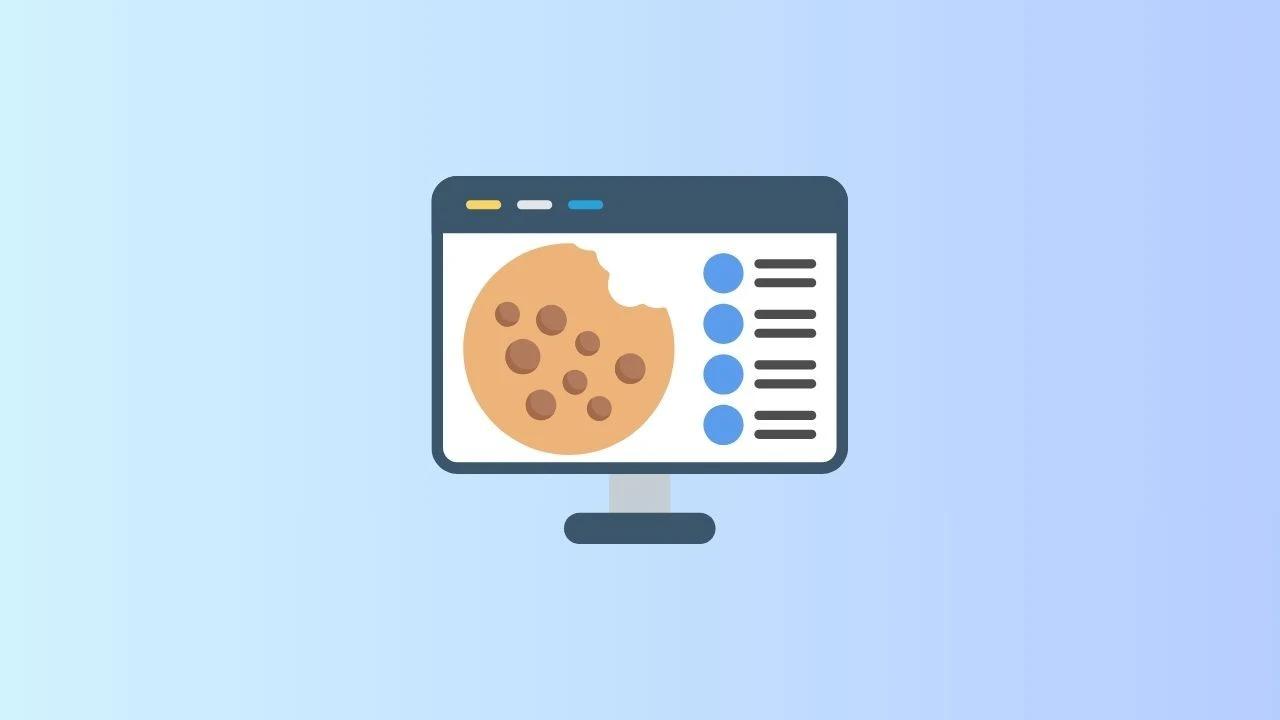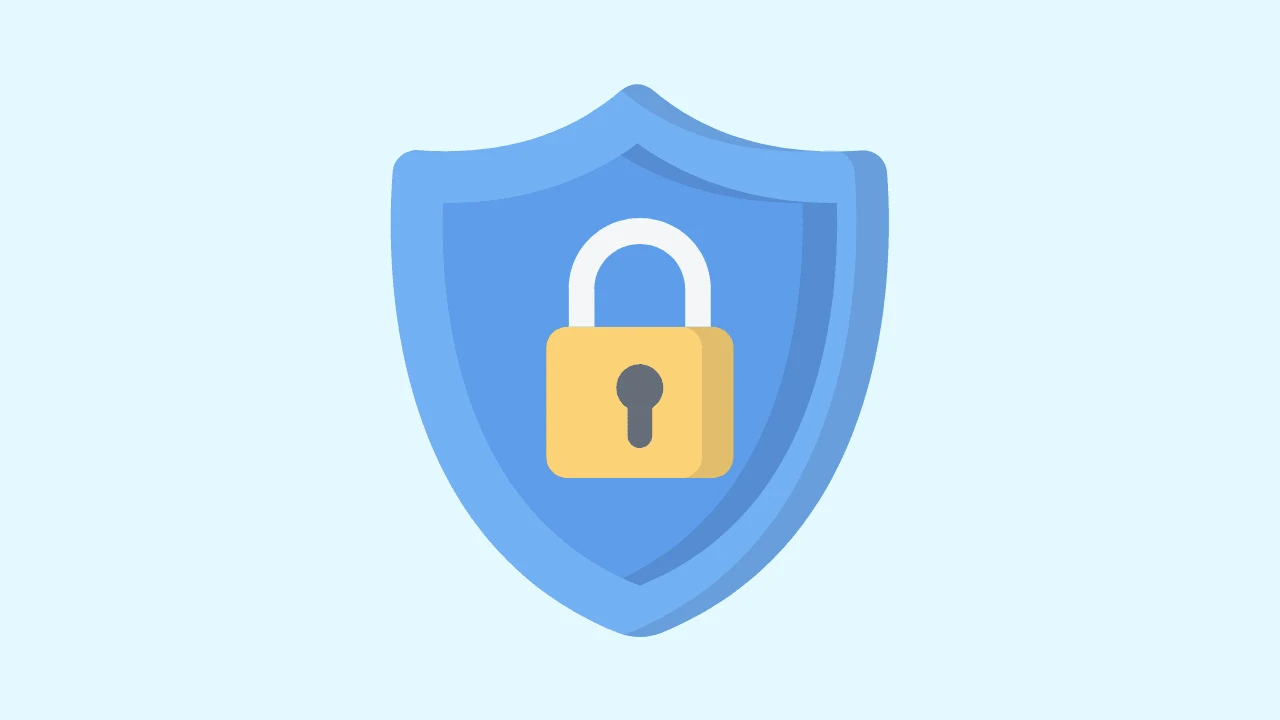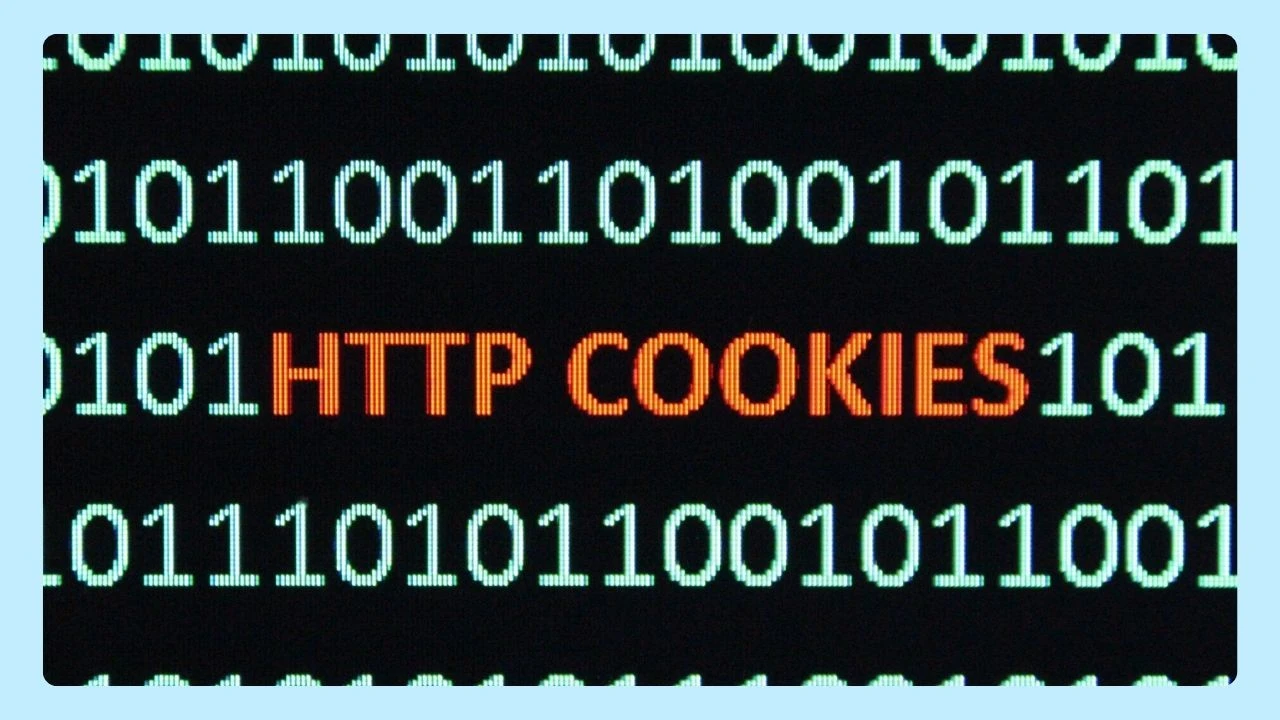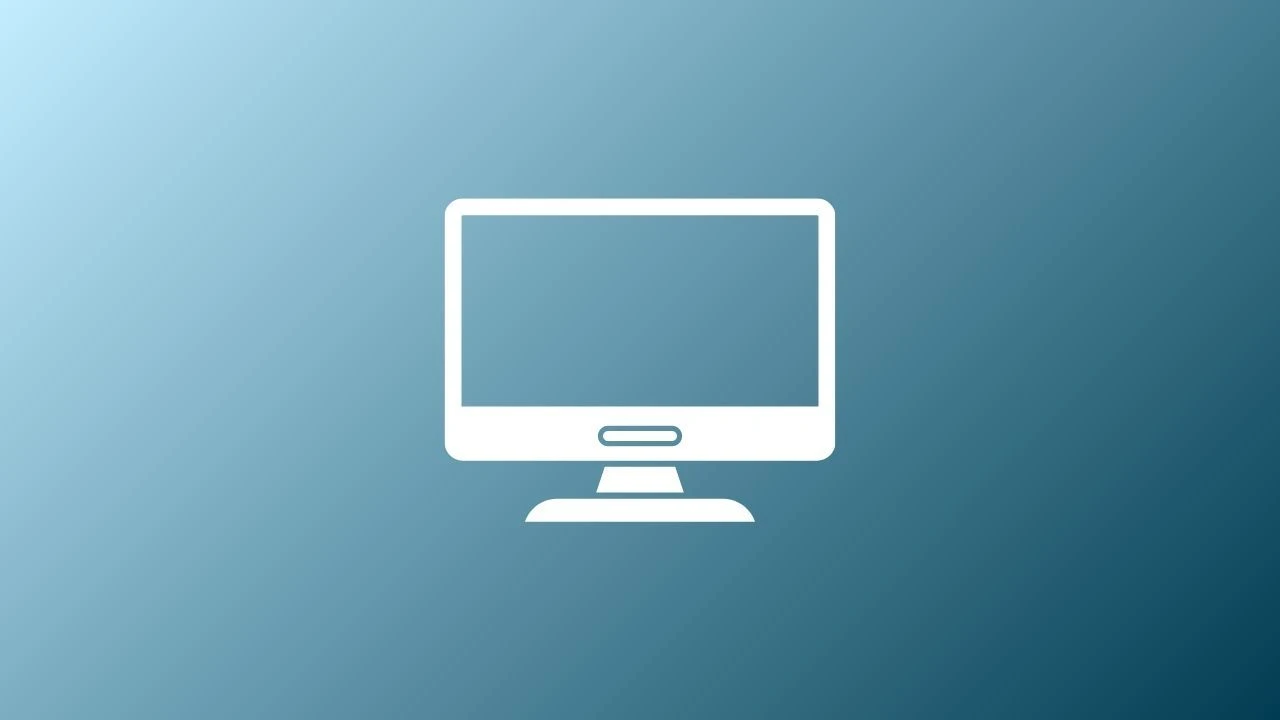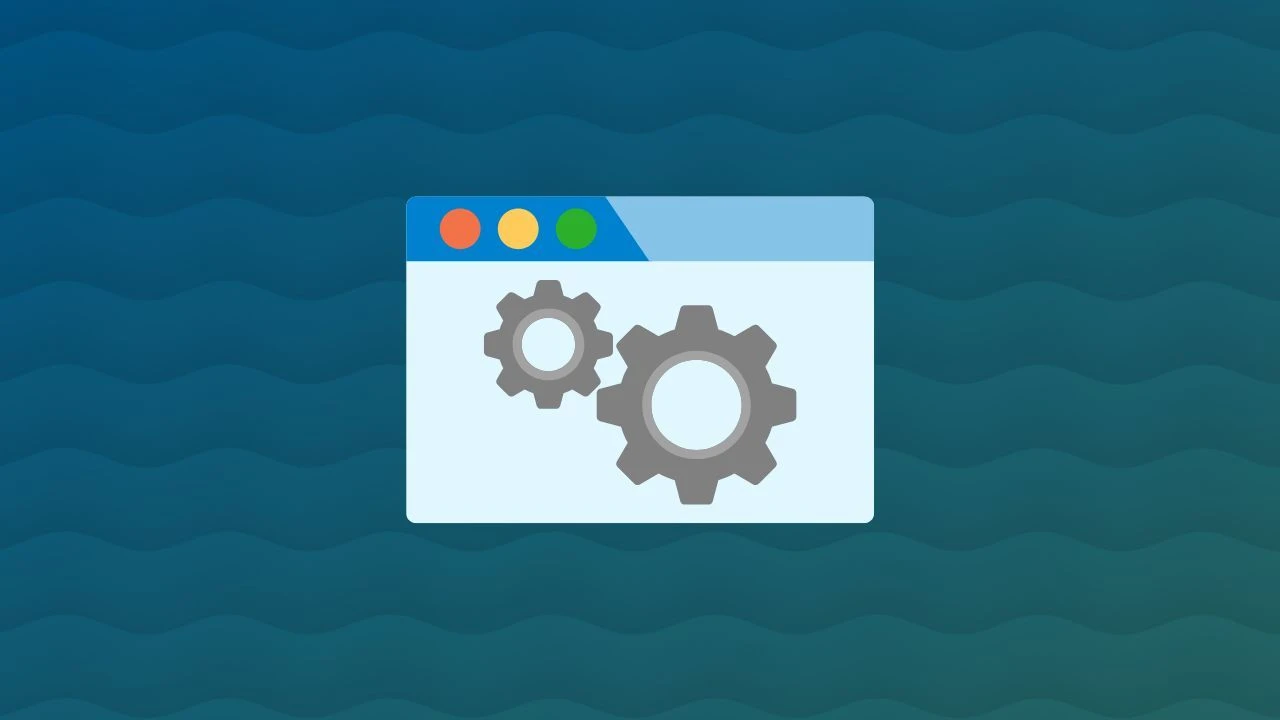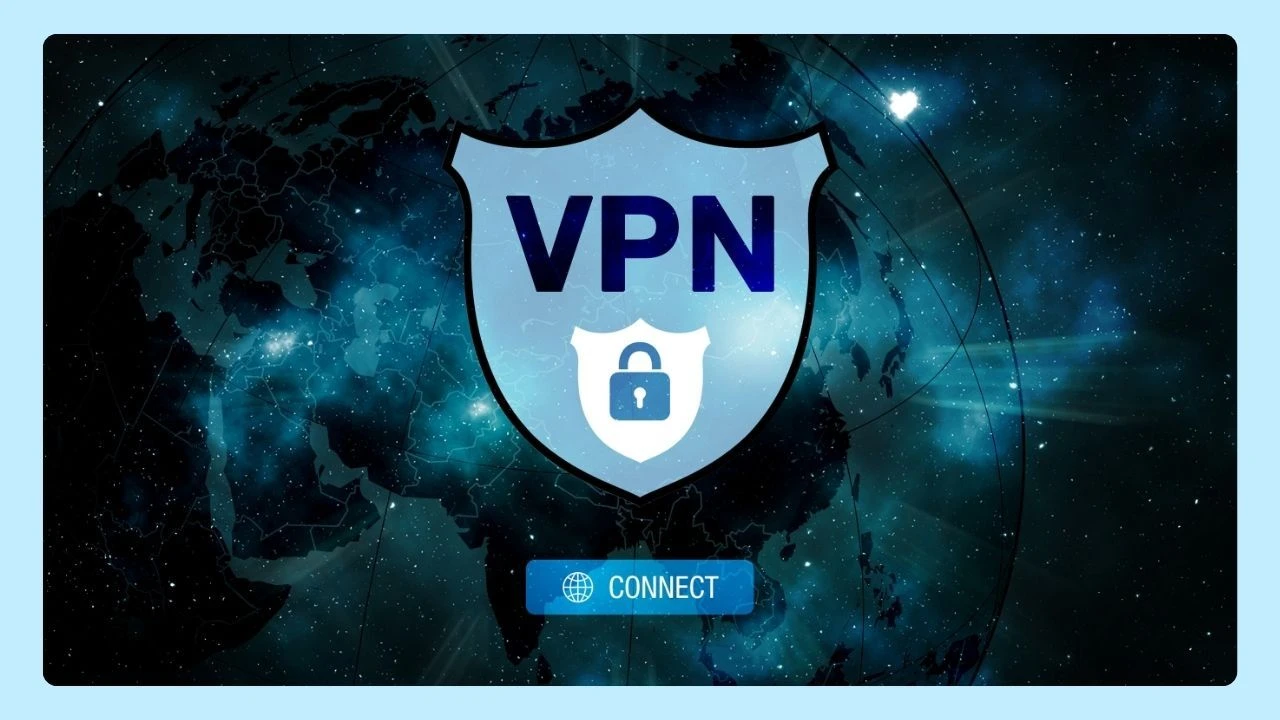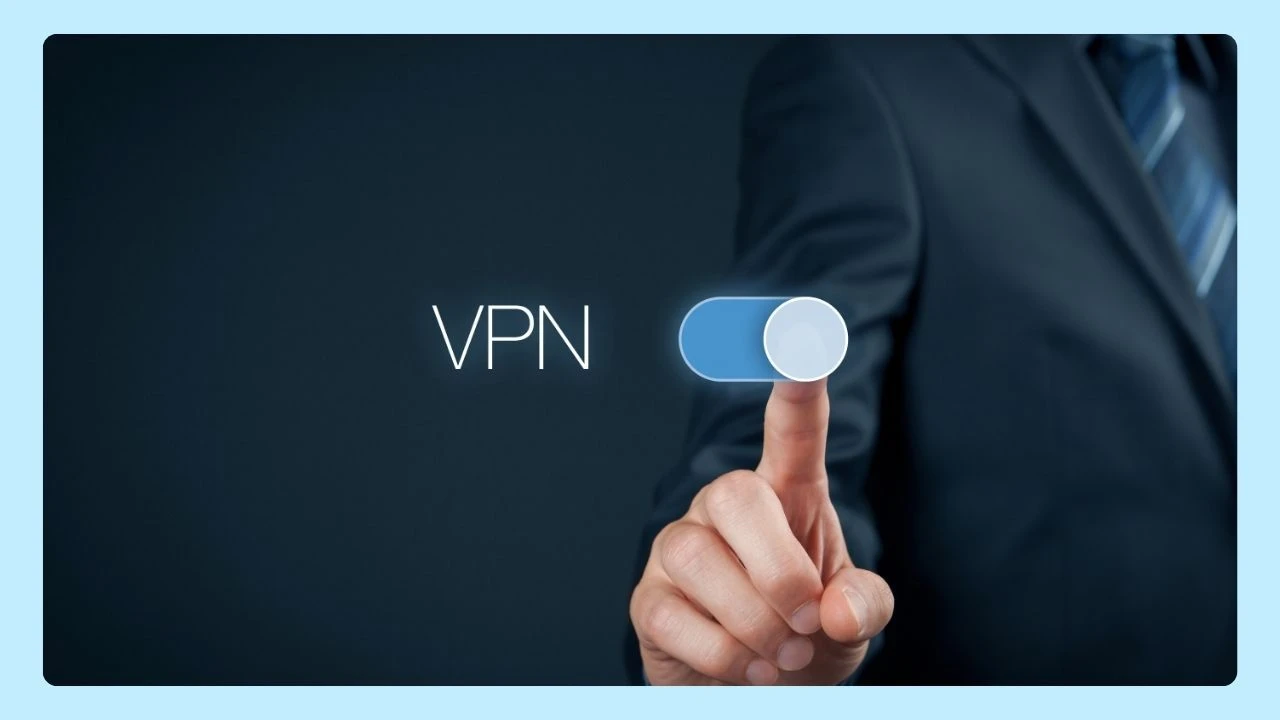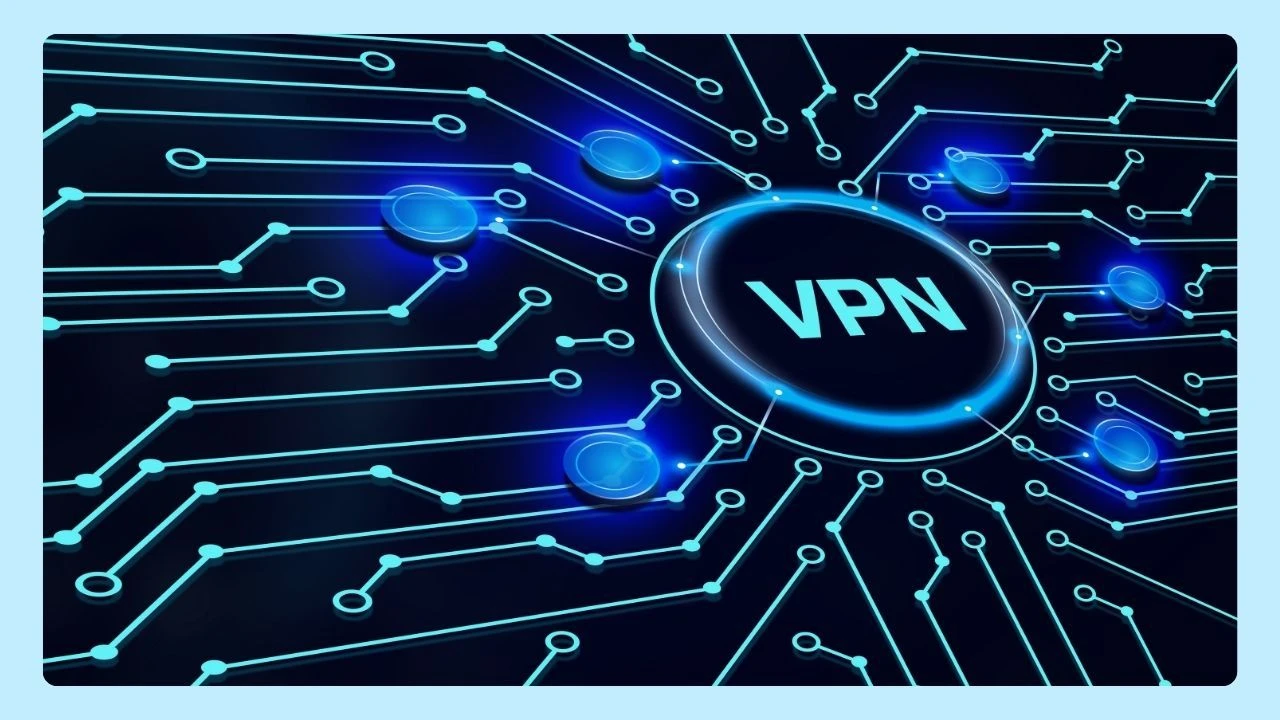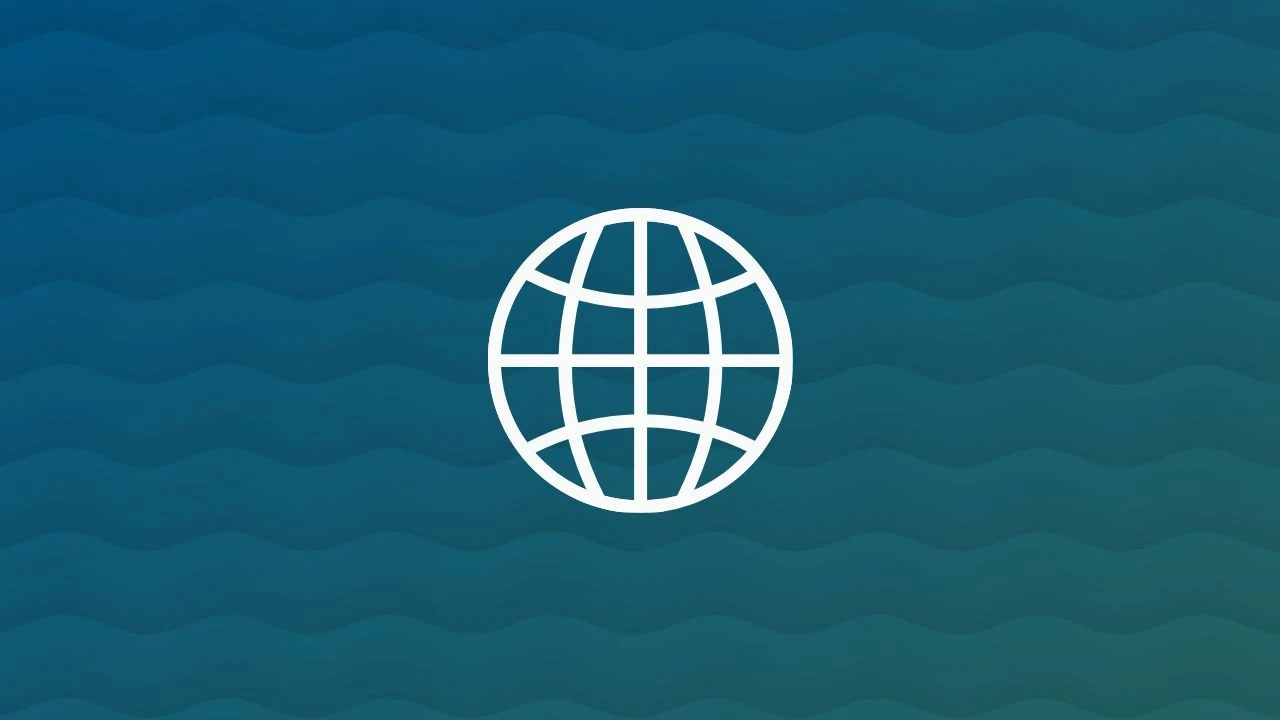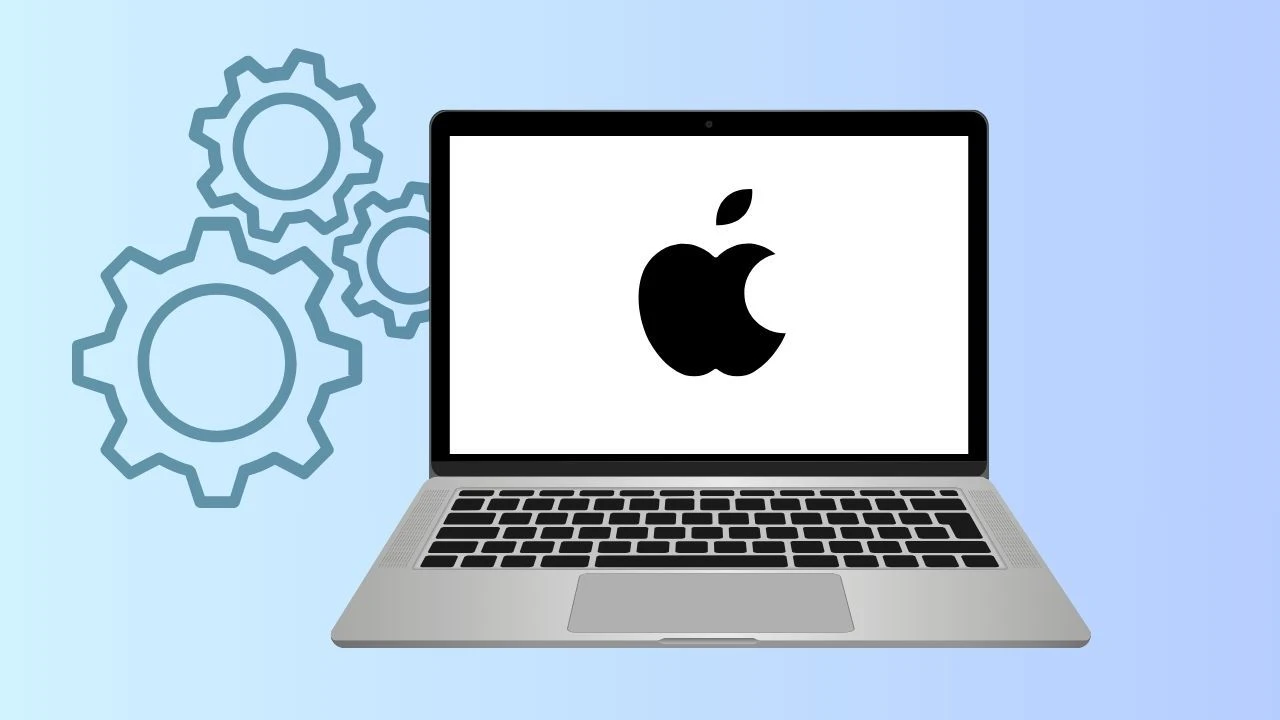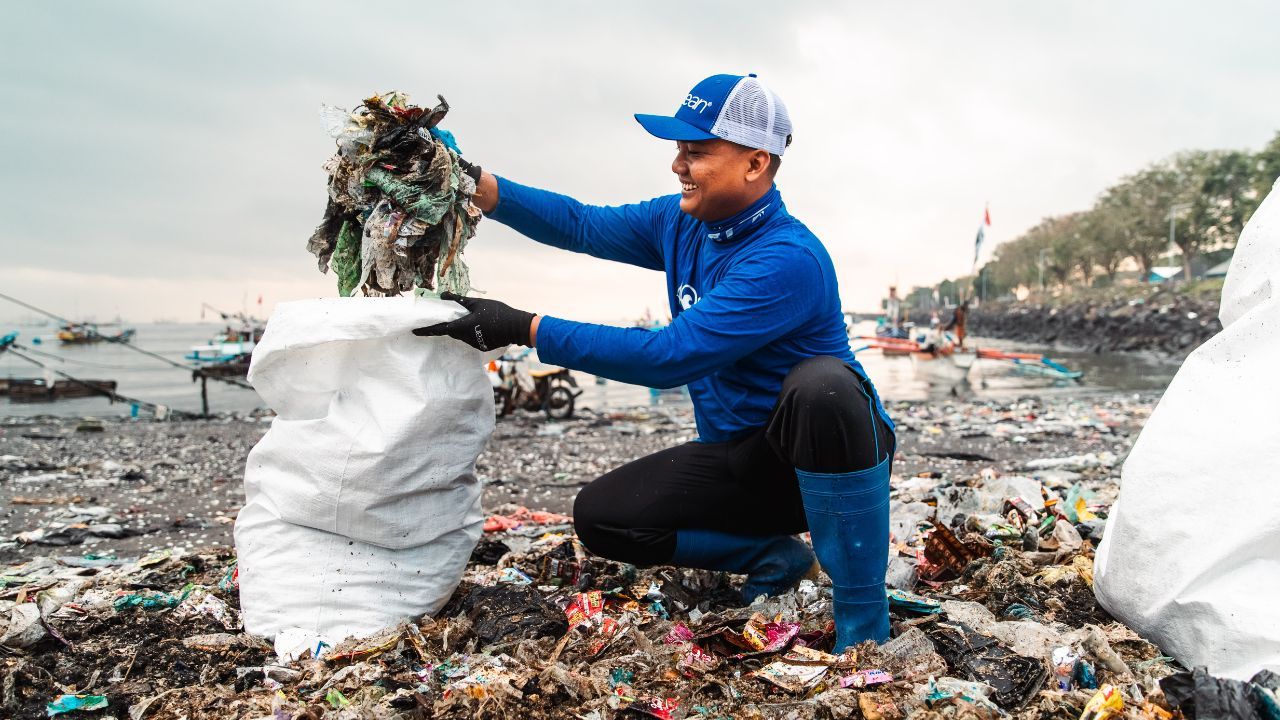
Oceans sustain life. They provide us with food, air, and balance our climate. But pollutants are threatening that balance—hurting wildlife and putting marine ecosystems at risk. Each year, over 11 million metric tons of plastic enter the ocean, impacting everything from plankton to whales.
At Wave Browser, we believe every click—and every cleanup—counts. That’s why we make it easy to browse with purpose. Together, we can take small steps that lead to big change and help save the ocean from plastic pollution.
Let’s explore the everyday actions that protect marine life and see just how much impact we can make—one tab at a time.
Understanding the Ocean Plastic Crisis
Plastic waste has taken over the world’s oceans and turned into a serious problem. There are now over 200 million metric tons of plastic in our seas, and every year, another 11 million metric tons get added. This is a huge amount. It puts many marine species at risk all around the world.
From pelicans and other seabirds to big marine animals, like whales and dolphins, so many animals get hurt by this plastic waste. Some eat the plastic, while others get caught in it. Microplastics even end up in the food chain. And with a single plastic bag to decompose taking up to 500 years, the threat lingers for generations. This puts sea life and people in danger. We need to deal with this now if we want to save the oceans.
The Scale of the Problem in the United States
The United States is one of the main sources of plastic waste in the world. Every year, billions of pieces of plastic end up on its coastlines and in its waterways. Small plastic bits, called microplastics, have spread into almost every part of the ocean. These bits are the biggest threat to marine species and the health of the whole ecosystem.
The issue runs deeper than everyday plastic use—big tech’s impact on the environment also plays a role. From massive energy demands to excessive packaging, the digital world contributes to growing environmental waste. And when outdated devices and accessories aren’t disposed of properly, they often add to the mounting garbage in the ocean, harming marine life and polluting ecosystems.
But there’s hope. People and organizations are stepping up—cleaning rivers, restoring beaches, and raising awareness. By taking local action and rethinking how we consume, we can slow the flow of plastic and start to save the ocean. Every choice matters, and together, our actions can lead to lasting change.
Overfishing Is Breaking the Ocean’s Balance
The ocean is more than a backdrop to our lives—it’s a living system that sustains us, helps regulate climate change, balances the planet’s temperature, and supports millions of species, including our own. It’s also the source of much of the seafood we rely on and the foundation of coastal economies built around fisheries. But that balance is under threat.
Overfishing is rapidly depleting marine life at a pace the ocean can’t recover from. In many parts of the world, fish populations are being harvested faster than they can reproduce. Coral bleaching—driven by rising ocean temperatures and pollution—further disrupts delicate ecosystems that many fish depend on. Food chains are collapsing. And entire ocean systems are shifting, often in ways we can’t easily reverse.
This isn’t just a problem for distant coastlines or future generations. The ripple effects—from the disruption of global fisheries to the loss of vibrant coral reefs—reach us all. When the ocean suffers, so do we.
Why Save the Ocean Matters for Everyone
The ocean isn’t just home to sea turtles, whales, and coral reefs—it’s the life support system for our entire planet. It provides over half the oxygen we breathe and plays a essential role in stabilizing our climate. But plastic pollution is putting that balance at risk.
When microplastics enter the food chain, they don’t stop at fish—they end up on our plates too. It’s a serious threat to both ocean conservation and human health. And it’s not just about biology—clean oceans fuel tourism, support local economies, and create jobs for millions of people worldwide.
At Wave Browser, we believe protecting the health of our oceans isn’t optional—it’s essential. When we act to save the ocean from plastic waste, we’re investing in a better future for everyone, from beachgoers to biodiversity.
Everyday Habits That Make a Difference
The fight against plastic pollution starts at home. Simple habits—like swapping single-use plastics for reusables or choosing eco-friendly bags—add up over time. Joining a local cleanup or supporting groups can make an even bigger impact.
Every small change helps reduce waste in the oceans, giving turtles, fish, and other marine life a better chance. Your daily choices can help save the ocean and protect coastlines for generations to come.
Reduce Single-Use Plastics and Ocean Pollutants
Single-use plastics add a lot to the problem of pollution in our seas and oceans. All it takes are some small changes in the way you live your life, and you will find you can cut down on your plastic waste. This can be good for these sea animals and their home.
Here are simple and clear ways you can use less single-use plastics:
- Use a reusable water bottle instead of using one you throw away after one time.
- Go for biodegradable options instead of plastic when you need straws and utensils.
- Choose cloth bags, not plastic ones, when you do your grocery shopping.
- Try to buy food in bulk. This cuts down on all the extra plastic packaging you have to deal with.
When you use these habits and stick with them, you help to keep microplastics out of the water and away from marine animals. If you start now, your choices will help the world's oceans in the future.
Sustainable Choices When Shopping
The way you shop has a bigger impact on ocean health than you might think. Choosing eco-conscious products—including eco-friendly technology and greener gadgets—helps reduce plastic waste, protect marine ecosystems, and support a healthier food chain.
Here are steps shoppers can take today:
- Support brands involved in marine cleanup, such as Sustainable Coastlines Hawaii.
- Choose products with minimal or biodegradable packaging to reduce plastic entering waterways.
- Buy from companies that prioritize sustainability, using recycled or ocean-safe materials.
- Opt for greener gadgets and eco-friendly tech that are designed with lower environmental impact and responsible end-of-life disposal.
By choosing earth-friendly options—whether it’s a reusable bottle or a low-waste electronic—you help lower plastic pollution, reduce your carbon footprint, and inspire others to do the same. Every purchase is a chance to support cleaner coastlines and a thriving, plastic-free ocean.
Frequently Asked Questions
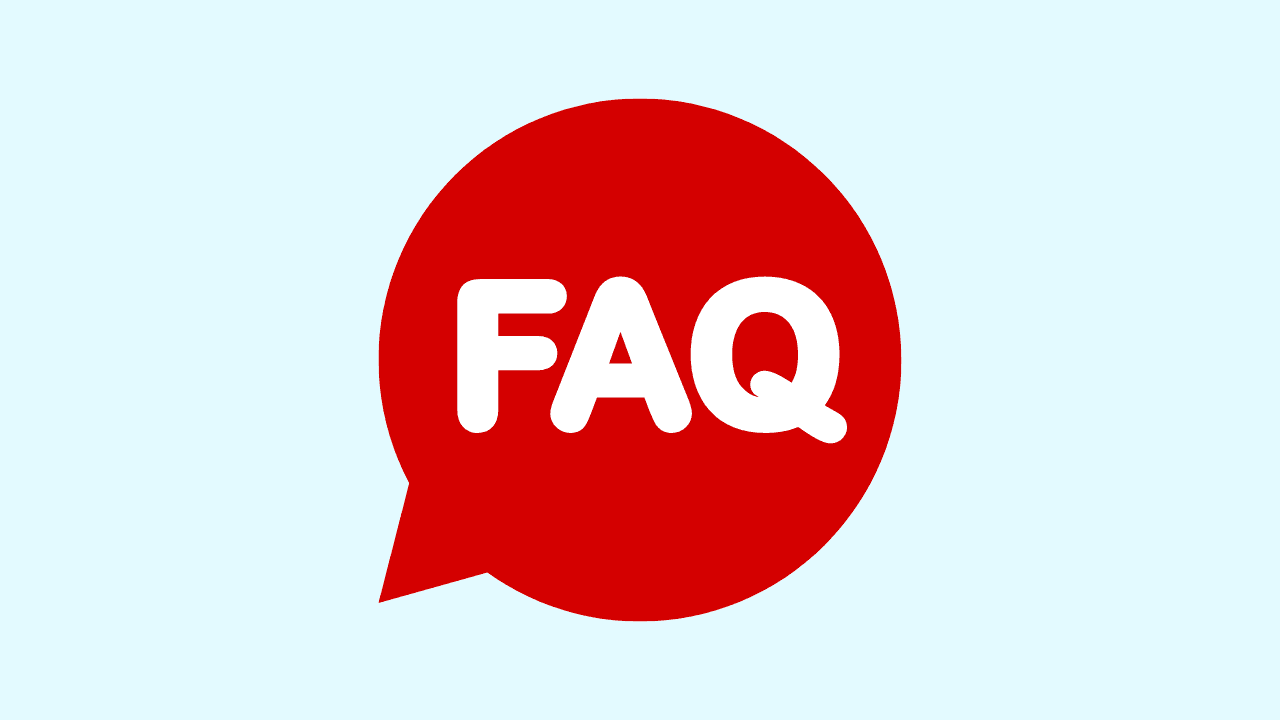
How does picking up litter inland help the ocean?
Picking up litter inland helps stop plastic waste from ending up on coastlines and in waterways. By doing cleanups, we are saving marine life and keeping debris out of their home. Every amount of trash we remove reduces plastic pollution and helps protect marine wildlife.
What are the most effective small actions I can take daily?
Switching to reusable products is important. When you stop using single-use plastics, take part in a local cleanup, and tell others about it, you help more than you think. Every cleanup removes tons of plastic, keeping it out of the food chain and away from sensitive marine environments.
Supporting eco-friendly companies that use sustainable materials or fund cleanup efforts adds even more impact to your choices. If we all do our part—at home, in our communities, and through what we support—it can lead to meaningful change for the ocean and beyond.
Can one person really make an impact on ocean pollution?
Yes. When one person takes away even just one piece of plastic, it can help save marine animals from danger. Sea turtles, whales, and other animals need people to take action as they face problems from plastic waste. The effort of one person can make a big difference and help start a larger change for the good of turtles and others who live in the sea.
What organizations can I support to help save the ocean?
Want to get involved? Consider supporting these projects that help the environment and save the ocean:
- 4ocean – A purpose-driven company funding global ocean cleanup efforts through every product sold. With full-time crews removing plastic from coastlines, rivers, and the open ocean, 4ocean turns everyday support into real-world impact.
- Sustainable Coastlines Hawaii – A community-powered nonprofit leading beach cleanups and educational outreach across the Hawaiian Islands.
- The Ocean Cleanup – An innovative initiative developing advanced technologies to remove plastic from oceans and intercept it in rivers before it spreads.]
- Ocean Conservancy – A global leader in ocean policy, science-based advocacy, and volunteer cleanups like the International Coastal Cleanup®.
By supporting these programs, you're helping accelerate the fight against plastic pollution, protect marine species, and move us closer to trash-free waters.
Want to take the next step? Check out our blog and our social media to discover more ways to get involved with cleanups and projects that protect our planet.
Are there community programs in the US focused on ocean cleanup?
Yes, things like the International Coastal Cleanup unite millions of people each year to clear trash from coastlines across the country. These volunteer-driven efforts not only remove waste but also help protect marine life and restore natural habitats. Whether you're near a beach or a riverbank, there’s likely a cleanup happening in your community. It’s a powerful way to take action and make a real difference.


